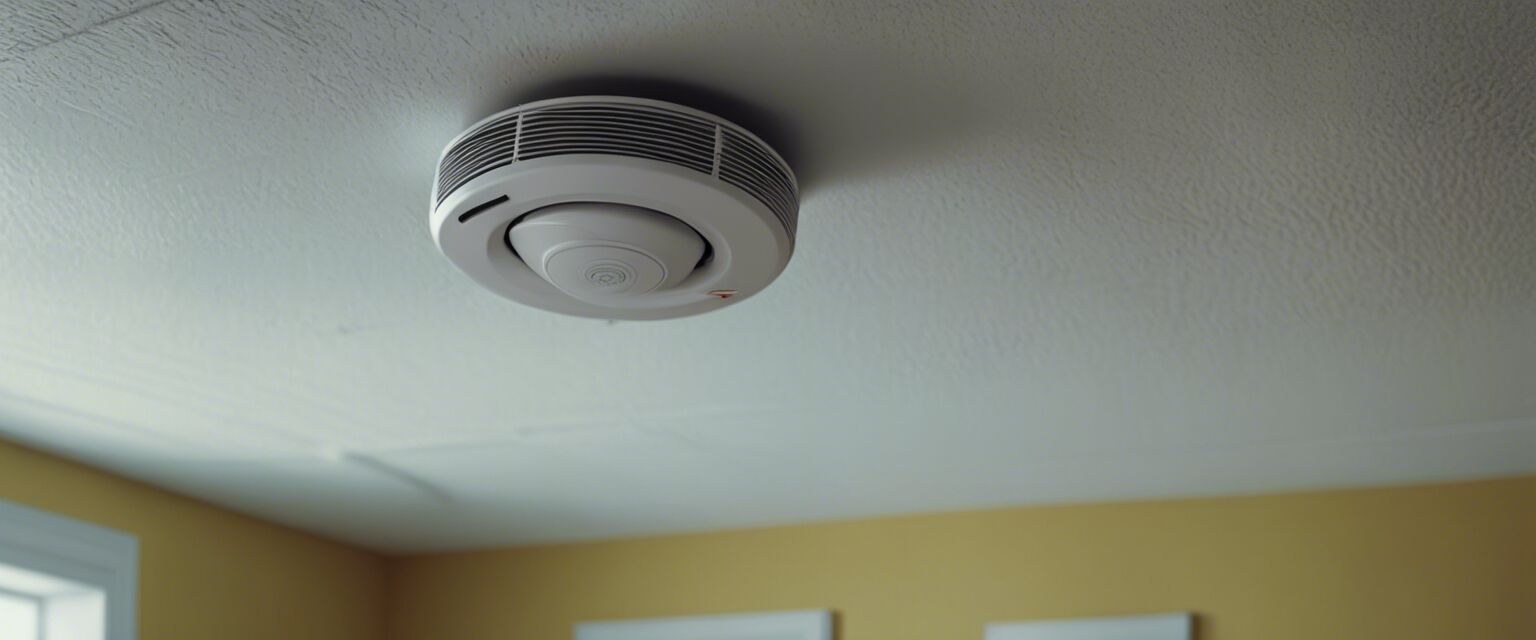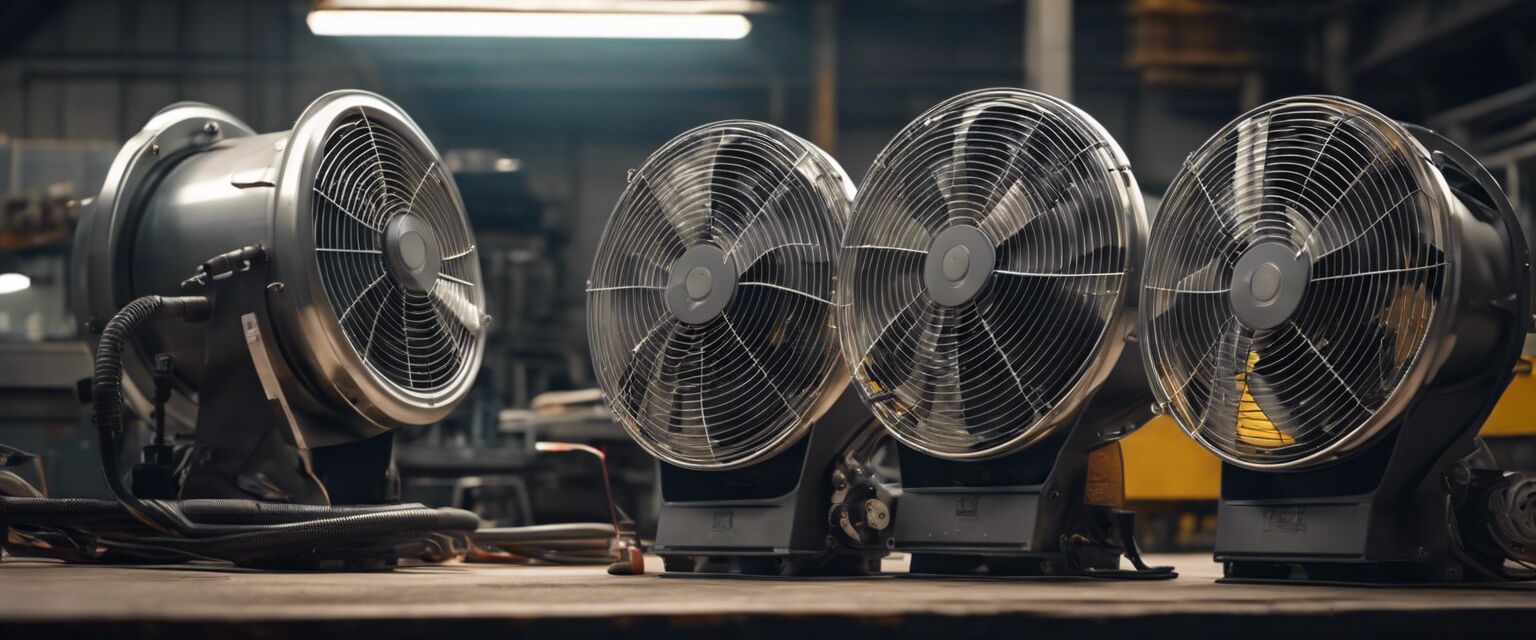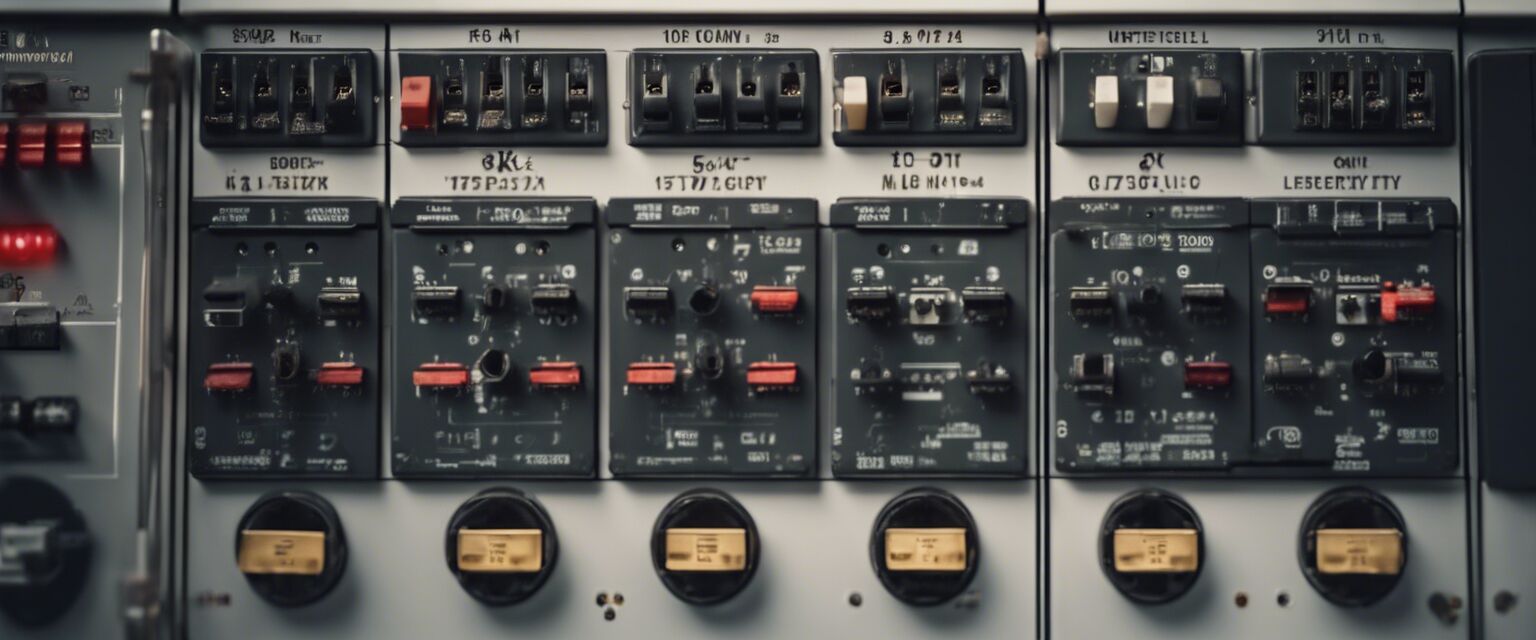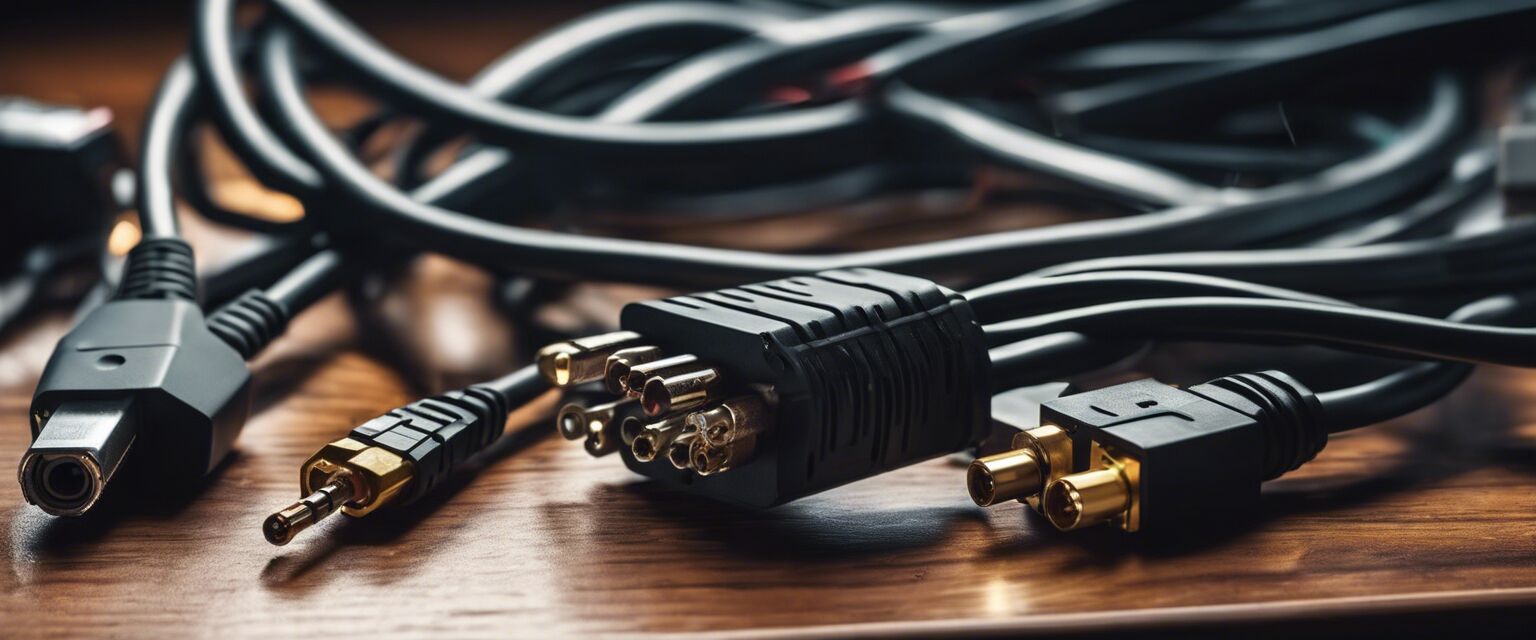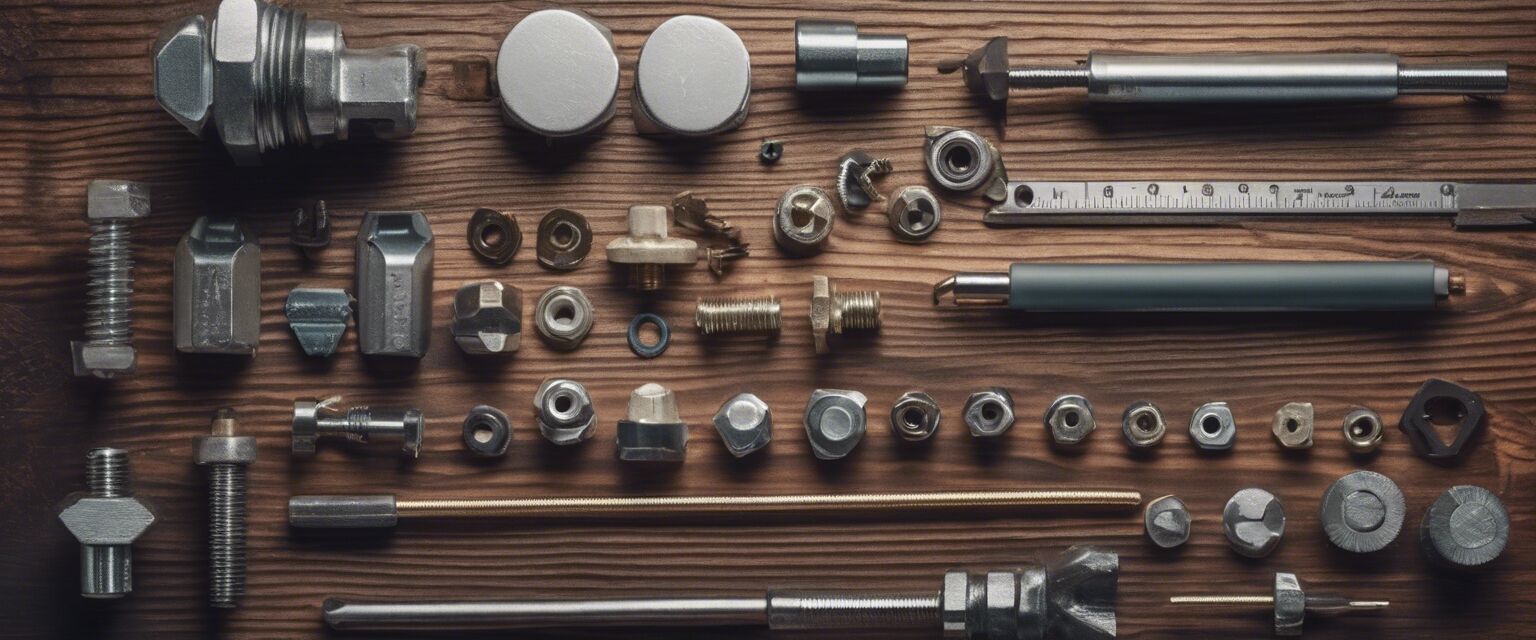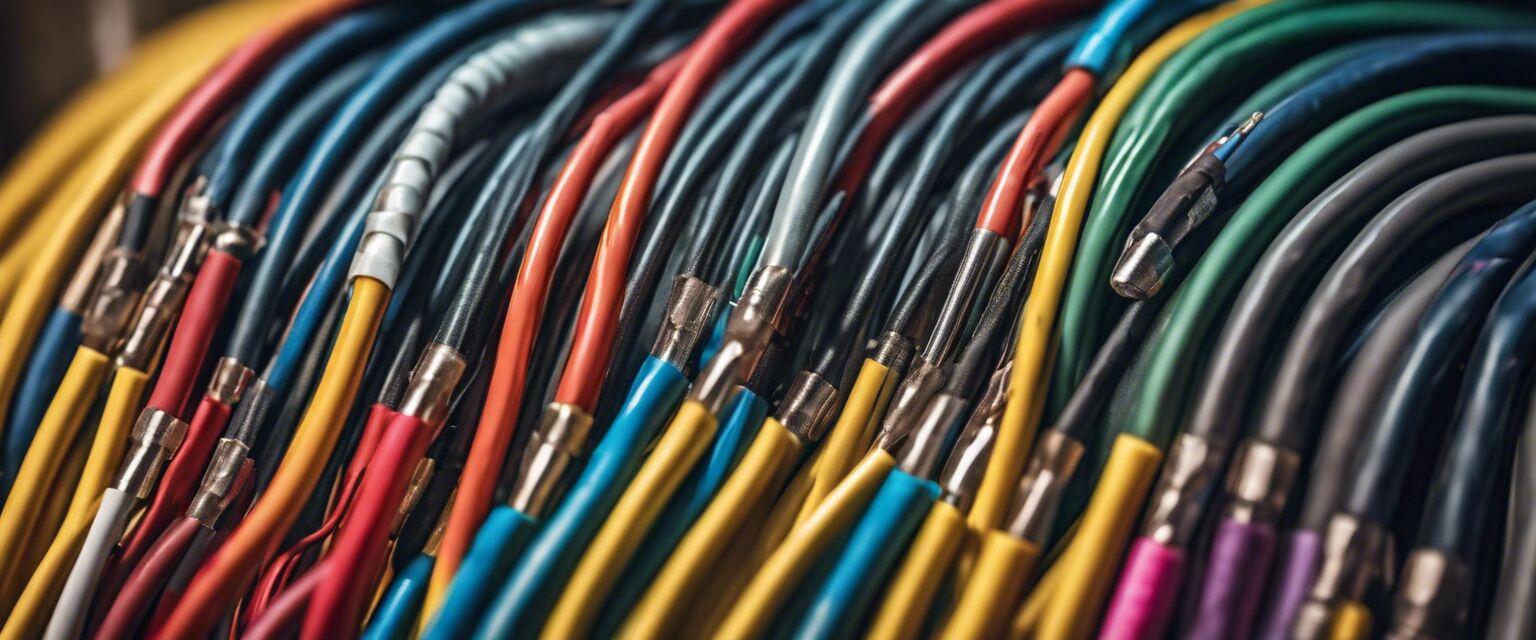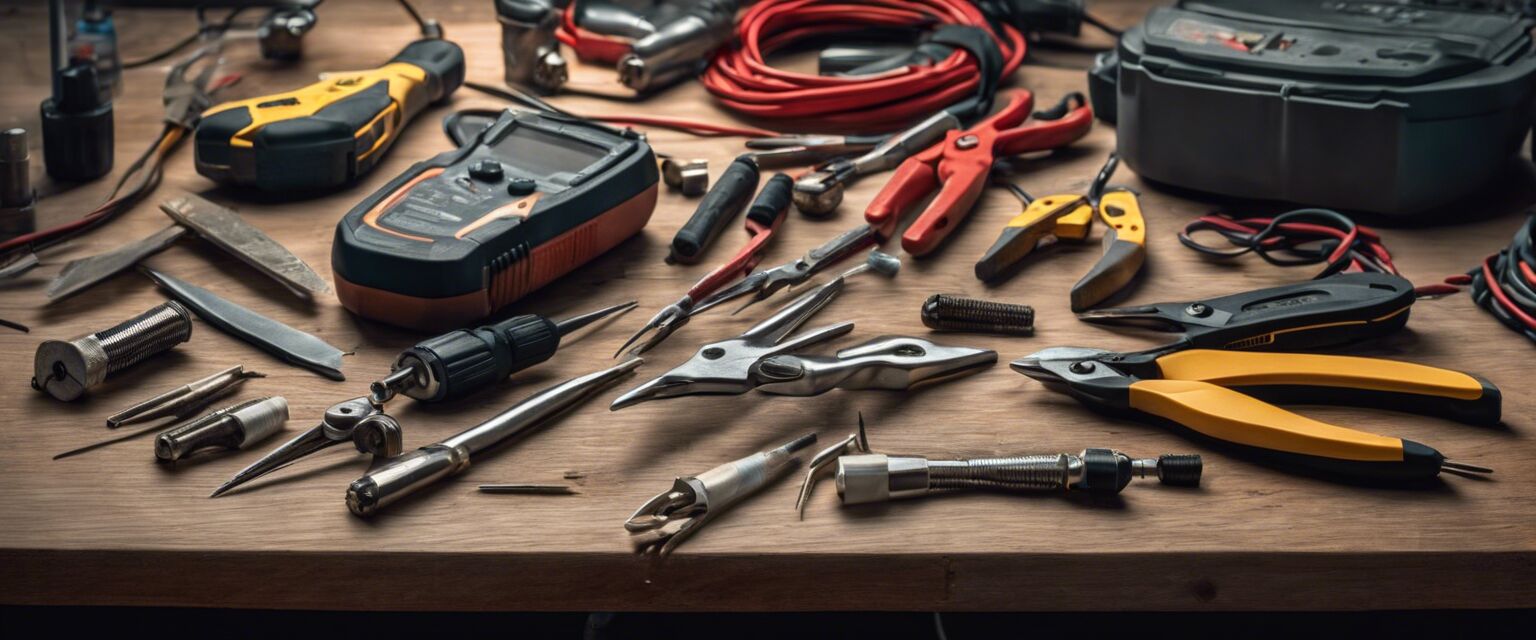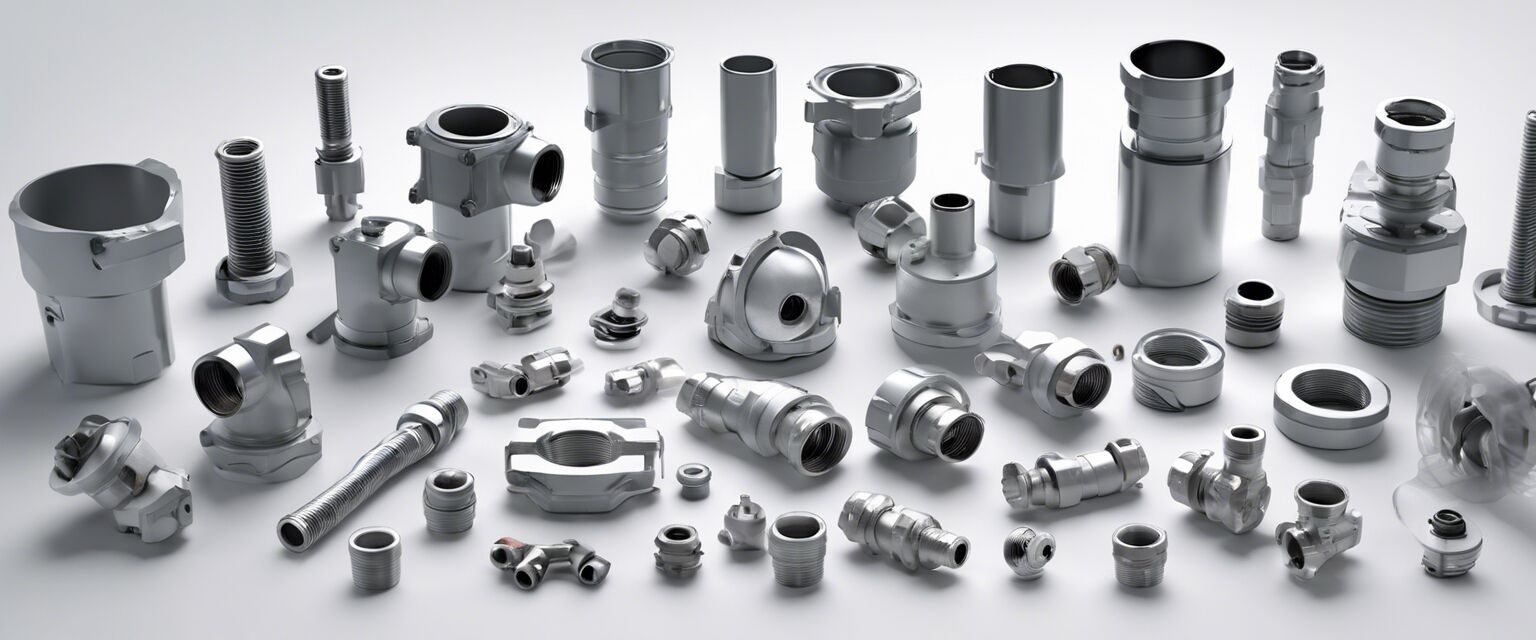
Conduit Accessories: The Ultimate Guide
When it comes to conduit installation, having the right accessories can make all the difference. In this comprehensive guide, we'll cover everything you need to know about conduit accessories, including fittings, connectors, and more.
Key Takeaways:
- Conduit accessories include fittings, connectors, and adaptors
- Choosing the right accessory depends on the type of conduit and installation requirements
- Conduit accessories ensure a safe and secure installation
What are Conduit Accessories?
Conduit accessories are the components that connect, adapt, and support electrical conduits. They play a crucial role in ensuring a safe and secure conduit installation. Without the right accessories, your conduit installation may not meet safety standards or function as intended.
| Type of Conduit Accessory | Description |
|---|---|
| Fittings | Connect two or more conduits together, changing direction or size |
| Connectors | Join two conduits together, providing a secure connection |
| Adaptors | Convert one type of conduit to another, ensuring compatibility |
Types of Conduit Fittings
Conduit fittings come in various shapes, sizes, and materials. Some common types of conduit fittings include:
- Elbows: Change direction of the conduit by 90 degrees
- Tees: Connect three conduits together, creating a "T" shape
- Couplings: Join two conduits together, creating a straight connection
- Reducers: Connect two conduits of different sizes

Choosing the Right Conduit Accessory
When selecting a conduit accessory, consider the following factors:
- Type of conduit: Ensure the accessory is compatible with the type of conduit being used
- Installation requirements: Consider the environment, temperature, and moisture levels
- Material: Choose an accessory made from a material that can withstand the installation conditions
Benefits of Using Conduit Accessories
- Ensures a safe and secure installation
- Provides flexibility and adaptability
- Easy to install and maintain
Common Mistakes to Avoid
- Using the wrong type of accessory for the installation
- Failing to consider environmental factors
- Not following safety guidelines
Conclusion
In conclusion, conduit accessories play a vital role in ensuring a safe and secure conduit installation. By understanding the different types of conduit accessories and choosing the right one for your installation, you can ensure a successful and reliable installation.
For more information on conduit and conduit accessories, check out our Conduit and Conduit Accessories page.

Ready to explore more electrician supplies? Check out our Audio/Video Cable and Accessories page for more information.

For more information on industrial lighting solutions, check out our Industrial Lighting Solutions page.

